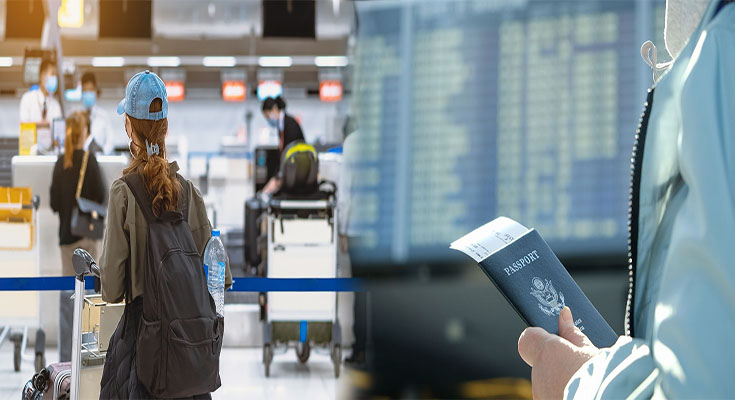When planning a trip, it’s essential to stay informed about the latest travel advisories and take necessary precautions to ensure a safe and enjoyable journey. In this article, we will discuss the importance of staying updated with the latest State Department travel advisory updates and provide you with some essential precautions to consider.
Why Stay Updated with Travel Advisory Updates?
The State Department issues travel advisories to provide important information and guidance to U.S. citizens traveling abroad. These advisories aim to keep travelers aware of potential risks, including security threats, political instability, health concerns, natural disasters, and more. By staying updated with travel advisory updates, you can make informed decisions about your travel plans and take appropriate precautions to safeguard your well-being.
How to Access the Latest Updates
Accessing the latest travel advisory updates from the State Department is quite simple. Visit the official website of the U.S. Department of State and navigate to the “Travel” section. Look for the “Travel Advisories” page, where you’ll find an interactive map showing the current state of travel advisories worldwide. Click on the countries you plan to visit or those in your travel region to view specific advisory details.
Understanding Travel Advisory Levels
The State Department uses a four-level system to categorize travel advisories:
- Level 1 – Exercise Normal Precautions: This indicates a low level of risk, and travelers are advised to exercise normal precautions.
- Level 2 – Exercise Increased Caution: The level of risk is slightly higher, and travelers should exercise increased caution due to specific threats or concerns.
- Level 3 – Reconsider Travel: This level advises travelers to reconsider travel plans due to significant risks, such as high crime rates, terrorism, or civil unrest.
- Level 4 – Do Not Travel: The highest level of risk, indicating a very dangerous situation where travel is strongly discouraged or prohibited.
Precautions to Consider
Regardless of the travel advisory level, it’s always recommended to take certain precautions to ensure your safety:
- Research and Plan: Thoroughly research your destination before departure. Familiarize yourself with local customs, laws, and cultural norms. Plan your itinerary accordingly to avoid high-risk areas or activities.
- Register with the Embassy: Enroll in the Smart Traveler Enrollment Program (STEP), a free service provided by the State Department. By registering, the embassy can contact and assist you in case of an emergency.
- Stay Informed: Monitor local news and follow the local authorities’ instructions. Keep an eye on the travel advisory updates and stay informed about any recent developments or changes in the situation.
- Travel Insurance: Consider purchasing travel insurance that covers emergency medical expenses, trip cancellation, and evacuation services. Review the policy to ensure it provides adequate coverage for your needs.
- Secure Your Documents: Make copies of your passport, visa, and other important travel documents. Keep one set with you and leave another set with a trusted family member or friend. Store digital copies in secure cloud storage.
- Stay Vigilant: Be aware of your surroundings at all times. Avoid displaying signs of wealth or drawing unnecessary attention to yourself. Use reputable transportation options and stay cautious in crowded areas.
- Health Precautions: Check the CDC website for any necessary vaccinations or health advisories specific to your destination. Pack essential medications and a basic first aid kit.
- Communication: Maintain communication with friends and family back home. Share your itinerary and keep them updated about any changes or delays. Establish a communication plan in case of emergencies.
Remember that travel advisories are dynamic and can change rapidly. It’s crucial to stay updated until the day of your departure and make decisions based on the most recent information available. By staying informed and taking necessary precautions, you can have a safe and memorable travel experience while minimizing potential risks.



